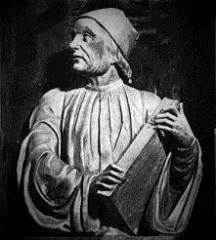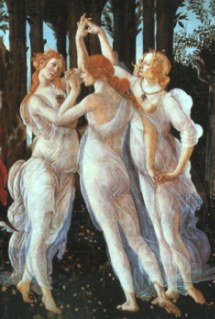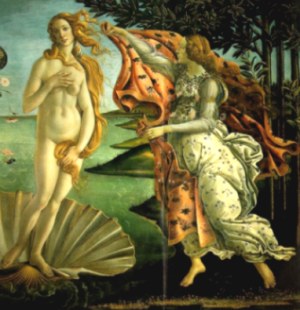


|
SERVICES | PAYMENT | COURSES | BOOKS | CONTACT | SEARCH |

|

|
| Christopher Warnock, Esq. |
| HOME |

 |
"If there were only these two things in the universe-on one side the Intellect [Spirit] and on the other the Body [i.e., Matter]-but no Soul, then neither would the Intellect be attracted to the Body...nor would the Body be drawn to the Intellect...But if a Soul which conforms to both were placed between them, an attraction will easily occur to each one on either side...[Soul] is the mean of all things, in her fashion she contains all things and is proportionally near to both. Therefore she is equally connected with everything, even with those things which are at a distance from each other, because they are not at a distance from her."Ficino, Three Books on Life, Bk. III, Chap. 1, p. 243.
"In addition, the World-soul possesses by divine power precisely as many seminal reasons of things as there are Ideas in the Divine Mind. By these seminal reasons she fashions the same number of species in matter. That is why every single species corresponds through its seminal reason to its own Idea...And if in the proper manner you bring to bear on a species or on some individual in it, many things which are dispersed but conform to the same Idea, into this material thus suitably adapted you will soon draw a particular gift from the Idea, through the seminal reason of the Soul..."Ficino, Three Books on Life, Bk. III, Chap. 1, p. 243. "[L]et no man wonder that Soul can be allured by material forms, since she herself has created baits of this kind suitable to herself, to be allured thereby, and she always and willingly dwells in them." Ficino, Three Books on Life, p. 244-5.

|
|
"I have said elsewhere that down from every single star (so to speak Platonically) there hangs its own series of things down to the lowest...Under the celestial Serpent or the entire constellation of the Serpent-bearer, they place Saturn and sometimes Jupiter, afterwards daemons who often take on serpent's form, in addition men of this kind, serpents (the animals), the snake-weed, the stone draconite which originates in the head of a dragon, and the stone commonly called serpentine...By a similar system they think a chain of beings descends by levels from any star of the firmament through any planet under its dominion. If, therefore, as I said, you combine at the right time all the Solar things through any level of that order, i.e., men of Solar nature or something belonging to such a man, likewise animals, plants, metals, gems and whatever pertains to these, you will drink in unconditionally the power of the Sun and to some extent the natural powers of the Solar daemons."Ficino, Three Books on Life, Bk. III, Chap. 14, p. 311. Note that Ficino refers to daemons rather than demons, indicating the use of spirits that are potentially good or at least neutral, rather than necessarily evil.
"...[S]ince in the order of being mathematical forms precede physical ones, being more simple and less defective, then deservedly they claim the most dignity in the primary-that is, the celestial-levels of the cosmos...the figures and numbers of natural parts possess a property peculiar to a given species and inseparably linked to it; they have been appointed in the heavens along with the species."Ficino, Three Books on Life, Bk. III, Chap. 17, p. 329.

|
|
What a piece of work is a man! how noble in reason! how infinite in faculty! in form and moving how express and admirable! in action how like an angel! in apprehension how like a god!Hamlet, Scene 5.
